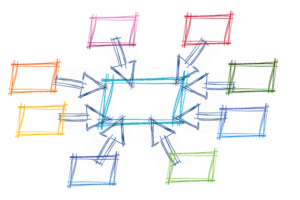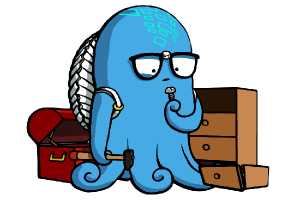Keep up to date on current trends and technologies
Programming

Building an Ethereum DApp: Launching the StoryDao
Bruno Skvorc

Ethereum DApps: Building a Web3 UI for a DAO Contract
Bruno Skvorc

A Friendly Introduction to Flexbox for Beginners
Christian Krammer

Building Ethereum DApps: Voting with Custom Tokens
Bruno Skvorc

Ethereum DApps: Cross-contract Communication & Token Selling
Bruno Skvorc

Building Ethereum DApps: Whitelisting & Testing a Story DAO
Bruno Skvorc

Ethereum DApps: Compiling, Deploying, Testing TNS tokens
Bruno Skvorc

Building DApps with Ethereum: Creating, Deploying TNS Tokens
Bruno Skvorc

Building DApps with Ethereum: App Rules and Blockchain Setup
Bruno Skvorc

Using Puppeth, the Ethereum Private Network Manager
Bruno Skvorc

Optimization Auditing: A Deep Dive into Chrome’s Dev Console
Ahmed Bouchefra

Ethereum: Introducing Mist, a Human-friendly Geth Interface
Mislav Javor

Debugging with Truffle CLI
Mislav Javor

Flattening Contracts and Debugging with Remix
Ahmed Bouchefra

MetaMask: a Simple Way to use the Ethereum Blockchain
Bruno Skvorc

Truffle Migrations Explained
Mislav Javor

What Is a CDN and How Does It Work?
Bruno Skvorc

Truffle: Testing Smart Contracts
Mislav Javor

Quality Solidity Code with OpenZeppelin and Friends
Tonino Jankov

Introducing Truffle, a Blockchain Smart Contract Suite
Mislav Javor

Getting Started with Sass
Darren Wood
8 Must Have PHP Quality Assurance Tools
Younes Rafie

Being a Full Stack Developer
Bruno Skvorc

Why Your Business Needs Error Monitoring Software
Gabe Wyatt

How to Easily Share Code Between Projects with Bit
Jonathan Saring

Front-End Tooling Trends for 2017
Craig Buckler

Web Maker, an Offline, Browser-based CodePen Alternative
Kushagra Gour

21 Steps to Becoming a Successful Web Developer
Kyle Prinsloo

What’s the Best Programming Language to Learn in 2017?
Craig Buckler

How To Create a Twitter App and API Interface Via Python
Michael Grogan

7 Atom Add-ons for Running Code and Previewing Changes
Lucero del Alba

Deepstream: an Open-source Server for Building Realtime Apps
Wolfram Hempel
Showing 160 of 2532